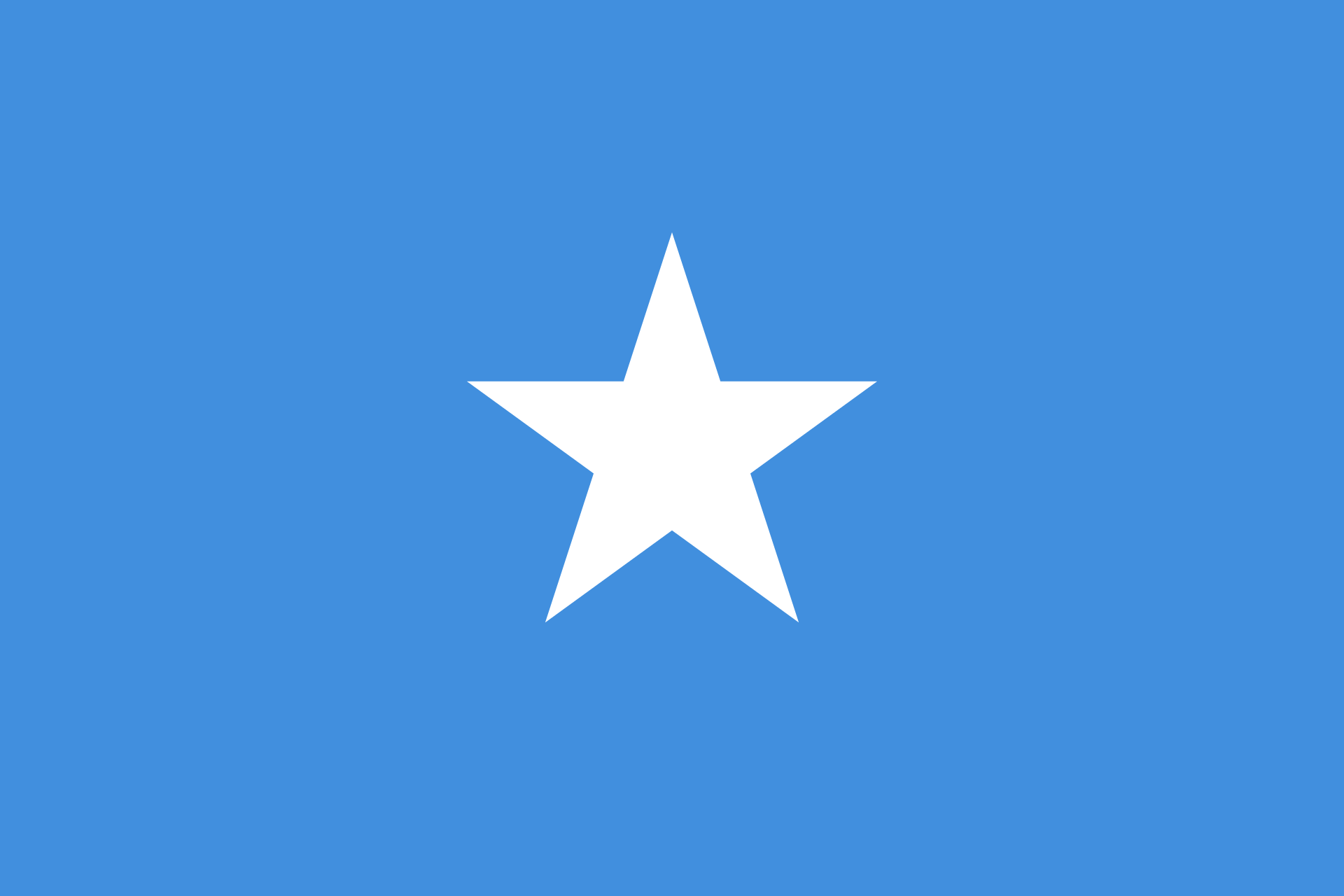Somalia is a country located in eastern Africa on an area known as the Horn of Africa. It is bordered by the Gulf of Aden and the Indian Ocean to the east, Ethiopia to the west, Djibouti to the northwest, and Kenya to the southwest. Somalia is considered the easternmost country in Africa, with an area of 637,540 square kilometers.
Tourism in Somalia has very abundant opportunities in terms of the richness of virgin nature with wildlife, plains, mountains and highlands, and having the longest African coastline on the Indian Ocean with truly amazing beaches. Perhaps the Wamu Tourist Reserve in Kismiyo is the most prominent natural site that has been able to regain its health and receive domestic tourists to enjoy the Juba River. Forests and beaches at the same time.
As for the archaeological and historical monuments, there are many ruins of castles and buildings in Mogadishu, which were destroyed by wars, and some monuments are still standing, such as the Hamrouin Mosque, the Jami Mosque, the Fakhr al-Din Mosque, the Palace of the Sultan of Zanzibar, which was transformed into the National Museum, and memorials such as the one Made for Commander Muhammad bin Abdullah and Eve Tako and the Stone Revolution statue.
In Somalia, a country located in the so-called Horn of Africa, the climate is tropical and hot throughout the year, in addition to being generally dry, as rainfall is generally rare, which is typical of the desert or semi-desert climate in vast areas, while savannas occupy the most humid areas.
The driest areas are the north coast, where annual rainfall falls to about 50 mm (2 in) per year and the northeast, where it remains less than 200 mm (8 in). On the other hand, the wettest areas are the northwest, Where the extreme branch of the Ethiopian Highlands is located, rainfall amounts to 500 mm (20 in) per year due to elevation (Hargeisa) and southwest until it exceeds 500 mm (20 in) per year in the inland hills (Baidoa).
Rainfall dates back to the peak of the sun passes and occurs in two periods from March to late May (Gu) and from October to early December (Deir). The wettest months are usually April, May, October and November, but there are some exceptions. On the northern coast, where it rains Practically very little even of these months remains dry, for in the southern part of the coast crossed by the equator (see Mogadishu) the first rainy season lasts until July, while the second is generally very weak.

